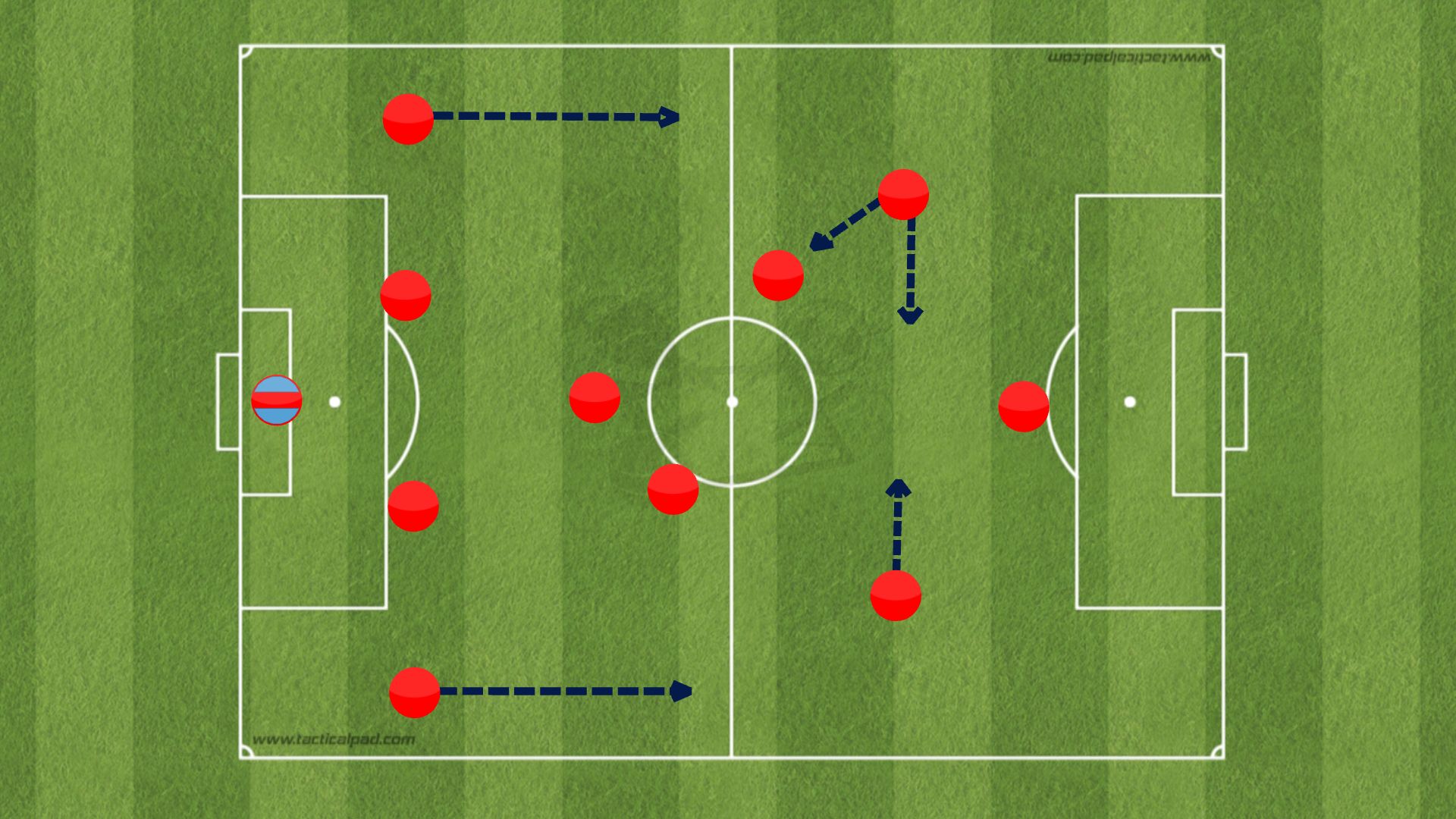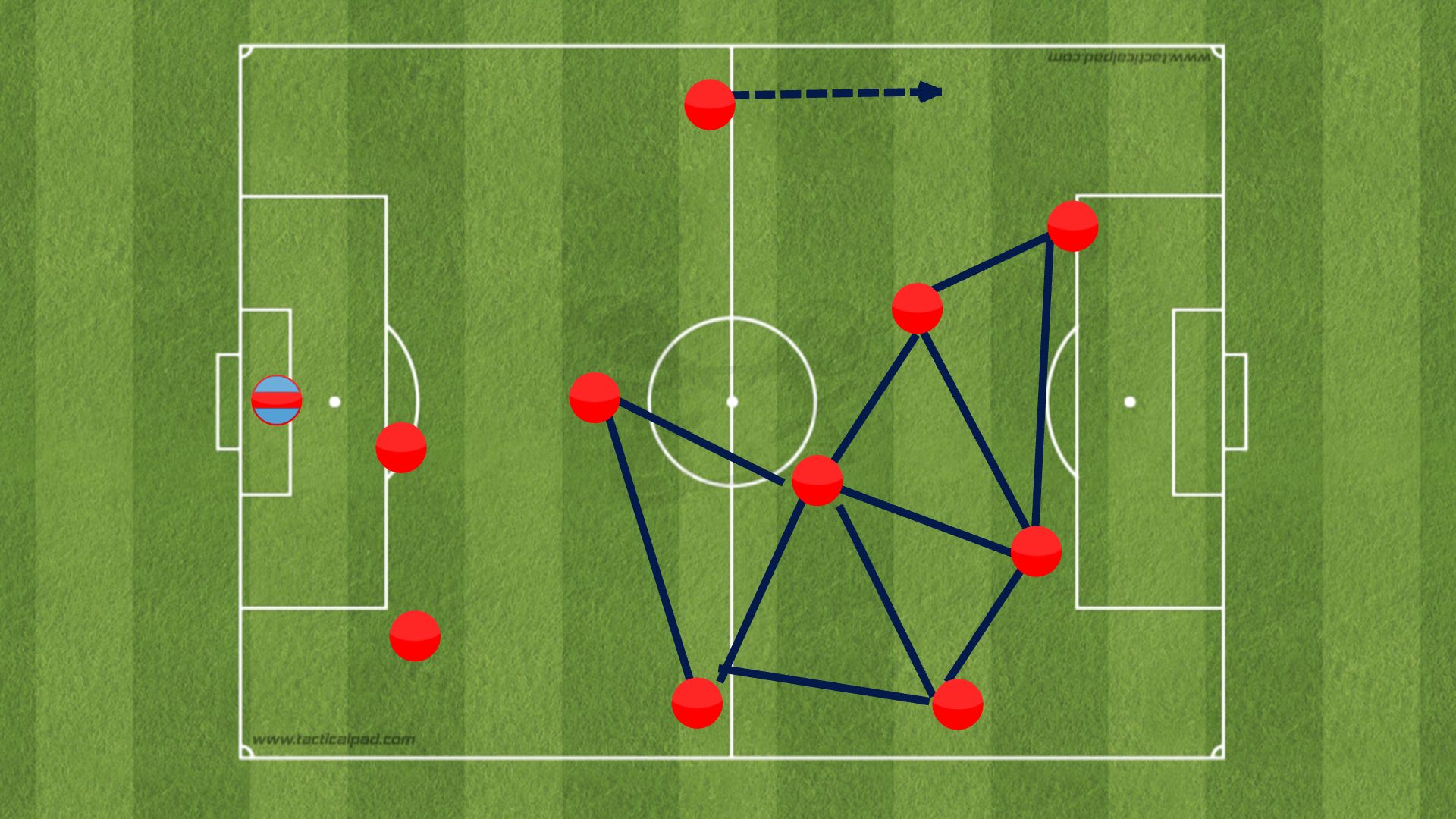Aamer Aslam writes about what we can expect from European Champions Real Madrid after the arrival of Julen Lopetegui
On June 12, 2018, just two days before the grandest event in world football, Real Madrid announced that Julen Lopetegui would be taking over as their manager for the next three seasons. Lopetegui, who was preparing to lead the impeccable Spain into the World Cup had no qualms about the decision. However, the RFEF (the governing body of football in Spain) saw things differently and Lopetegui was sacked, with Hierro instated in his place. The Spanish football team had been rocked. A man, generally unknown to in the realms of club football had taken over at arguably the greatest club in the world leaving one of the favourites to win the World cup in disarray.
So who is Julen Lopetegui Argote and what will he bring to Real Madrid?
Who is Julen Lopetegui?
Julen Lopetegui belongs to a unique list of players in history to have played for both Real Madrid and Barcelona albeit with limited success. Born in the Gipuzkoa province of the Basque country on August 1966, Lopetegui started his professional career as a goalkeeper with Real Sociedad. Lopetegui was picked by Real Madrid’s Castilla soon after. But despite spending close to seven years with Real, Lopetegui managed only a single appearance with the first team and moved to lower league side CD Logroñés in 1991. While Logroñés ping pong’ed between the first and second divisions, Lopetegui stacked up over a 100 appearances and earned his move to Futbal Club Barcelona. Unfortunately, like his time at los blancos, here too Lopetegui failed to stake a claim to become the first team keeper. In 1997, three years and five appearances later, Lopetegui was on the move again. Rayo Vallecano in Madrid was his next and last destination. Here, Lopetegui managed to be a starter only in two of his five seasons. And at the end of the 2002-03 season, Lopetegui retired from professional football.
Unlike his lacklustre playing career, Lopetegui’s time as manager has been more rewarding. After he hung up his boots, Lopetegui has been involved with the Spanish national team at various levels. His first experience with them was as assistant manager of the Spanish U-17’s for the European Championships in 2003. His exploits with the U-17’s at the European championships earned him the first team manager’s job at Rayo. Lopetegui failed miserably and was subsequently sacked after just ten games. The setback hit him hard and Lopetegui decided take a hiatus from football management.
Similar to his playing career, Lopetegui’s second full time job came with Real Madrid’s Castilla. It was here that Lopetegui’s stock started to ascend. His Real Madrid B comprised of now La Liga regulars like Antonio Adan and Dani Parejo. Nacho Fernandez, the current Real Madrid centre back also got the call up to the Castilla under Lopetegui’s stewardship in 2009. The campaign ended with Real Madrid B finishing just three points off the playoff spot and six points off second place. The now resentful RFEF took notice of Lopetegui’s work and offered him a job with the Spanish youth teams. Lopetegui flourished. With the likes of Isco, Thiago, De Gea, Morata and Koke, Spain romped to the 2012 U-19 and the 2013 U-21 European Championships. Lopetegui’s style of play mirrored that of the Spanish senior side. With the quality of players at his disposal, the execution of tiki-taka (possession based football) coupled with counter pressing and fluid player movements was seamless.
Portuguese giants Porto snapped up Lopetegui in 2014 following his successes with la Roja. It was Lopetegui’s first real foray into the turbulent world of modern day club football management. And in the eyes of many, he failed his first test. Having been given Porto’s largest transfer budget in history, Lopetegui failed to win any silverware. The highlight of his first campaign – a surprise 3-1 win over Bayern Munich in the first leg of the quarter finals of the Champions League (Bayern won the return leg 6-1 at the Allianz Arena). Despite only 1 league defeat the following season, Lopetegui was sacked abruptly midway through the season amidst concerns of over-playing and lack of connection with the fans.
Following Vicente del Bosque’s departure after Euro 2016, Lopetegui was back in familiar territory, this time with the Spanish senior side. Having dominated world football from 2008-2012, Spain had lost their way and had not performed to expectations in the following two major tournaments. Lopetegui, before the Real Madrid debacle did an excellent job of steadying the ship. Promising evolution and not revolution in his first press conference, Lopetegui stayed true to his word throughout his tenure. While keeping the team’s philosophy of possession football intact, Lopetegui went about making only the necessary changes, most notably replacing Spain and Real Madrid legend Casillas with De Gea. He also wasn’t afraid of changing formations having played 3-5-2, 4-2-3-1 and a 4-3-3 depending on the opposition’s strengths and weaknesses. On June 12th 2018, Lopetegui signed a three year contract with Real Madrid putting a hurried halt to his impressive record with Spain.
Tactical Approach
Lopetegui most definitely belongs to the purist’s category when it comes to the style of play. Possession of the football is of paramount importance.
An example of a typical Spain 4-3-3 line-up under Lopetegui is shown below

Made using TacticalPad
The formation and the personnel can change based on availability and opposition. However, the philosophy remains. The ball is the prized possession and is moved about with utmost care by forming closely knit triangles.
There are two keys aspects in Lopetegui’s attack. The overload in central areas and the width. The central overload is necessary to keep the ball, and the width, to move the opposition defence from side-side to create openings.
The overload is usually achieved by the wing-forwards moving in-field and the width is generated by the full-backs. An example of Lopetegui’s Spain with the ball on the right hand side is shown below

Made using TacticalPad
Numerous triangles are formed near the location of the ball to enable various short passing options for the player with the ball. One player on the opposite wing maintains position to provide the width. In most cases, this is the full-back. However, one of the beautiful aspects of Lopetegui’s Spain was the ease at which they interchanged positions. For e.g.: in the example above, if Jodi Alba started the move and had bombed forward in-field, then Isco would duly take up the position vacated by Alba and maintain the width. Same goes on the right hand side. If Carvajal were to pass and move forward, then Koke would occupy the space at right back, Silva moving in-field and Carvajal moving to Silva’s position.
The formation of these revered triangles also has a defensive significance. In the event that possession is overturned, being so close to each other enables the players to counter-press thereby enabling the ball to be recovered within a matter of seconds. Moreover, if the opposition is able to survive the counter-press, then the player holding the position out wide leaves his position and moves in-field compressing the field of play.
Just like any team playing possession football, the team is susceptible to counter-attacks especially, the moment the ball is lost. The full-backs are a key part of Lopetegui’s attacking strategy and more often than not, leave spaces behind. A ball over the top or to the feet of pacy wingers is often a counter attacking strategy used by opposition managers.
Key Players
Raphael Varane: The pacy centre-back put in assured performances for France one after another at the World Cup. And will be looking to take that form ahead to the upcoming season. Having already racked up close to 150 appearances for Los Merengues, Varane can be a mainstay at the heart of this Madrid defence atleast for the next five years. Playing a high-line, possession based football is likely to expose Madrid’s defenders to one on one situations. With Ramos ageing, Varane’s speed and composure are likely to prove vital for Real Madrid.
Casemiro: Rafa Benitez understood Casemiro’s importance to the Real Madrid team during his short spell in 2015. However, having allegedly succumbed to the board’s pressure, decided against starting him and ended up losing his job. Soon after, Zidane came in and Casemiro became one of the first names in the Real Madrid team sheet. With Lopetegui now, this looks unlikely to change. Casemiro spent the 2014-15 season on loan at Porto under Lopetegui with the manager singing his praises several times. Being one of the few men tasked primarily with defensive duties and stopping counter attacks, Casemiro’s form will be important for Madrid’s successes under Lopetegui.
Isco: Having joined Los Blancos in the summer of 2013, Francisco Roman Alcaron Suarez has failed to establish himself as a regular first team starter. With Lopetegui at the helm, Isco can finally hope for things to change for the better. From the manager’s time with the Spanish youth sides through to the seniors, Isco has been one of Lopetegui’s key talismans. The playmaker was handed a ‘free’ role with Spain, being able to move just about anywhere on the pitch and keep things ticking. We could expect something similar at Real Madrid as well. With Ronaldo gone, there are big voids to fill at Madrid this season and Isco has the skill and the versatility to take up the mantle of Real Madrid’s main player.
After three successive record shattering campaigns, Real Madrid have undergone a seismic change with both Zidane and Ronaldo leaving making Lopetegui’s task all the more harder. One of the major tasks of Lopetegui will be to transition the ageing all conquering squad into a young one. Despite having a sombre record at club level, Lopetegui’s exceptional record in nurturing and winning with young talent was the key deciding factor. Only time will tell if Florentino Perez has made the right choice.
- Julen Lopetegui at Real Madrid: Tactical Approach & Key Players - August 20, 2018
- Tactical Analysis: Barcelona 2-1 Atletico Madrid | Red cards ruin epic tactical battle - February 2, 2016
- Tactical Analysis: Athletic Bilbao 5-2 Eibar | Bilbao blow away the 4-4-2 - January 29, 2016
























































